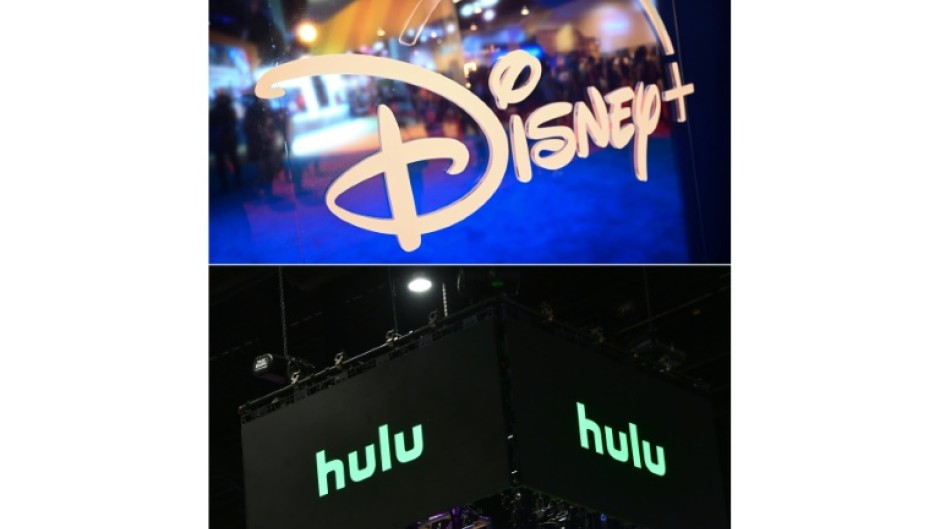
Company executives credited steady investments in shows and films with helping power growth at the streaming behemoth, while announcing it is increasing prices in Argentina, Canada, Portugal and the United States.
"As we continue to invest in programming and deliver more value for our members, we will occasionally ask our members to pay a little more so that we can re-invest to further improve Netflix," the company said in a letter to investors.
Premium and standard memberships in the United States will cost $2 more per month, $25 and $18 respectively, while a standard ad-supported tier will be $8 in an increase of one dollar monthly, according to the company.
In the final quarter of 2024, the streaming juggernaut said it logged profit of $1.87 billion on revenue of $10.25-billion that grew double digits from the same period the prior year.
Netflix shares jumped more than 14 percent to top $993 in after-market trades.
"We enter 2025 with strong momentum, coming off a year with record net additions -- 41 million -- and having re-accelerated growth," Netflix executives told investors.
They added that Netflix is in a "leadership position" when it comes to engagement, with about two hours daily per paid member.
"Our business remains intensely competitive with many formidable competitors across traditional entertainment and big tech," Netflix executives said."We have to continue to improve all aspects of Netflix -- more series and films our members love, a great product experience, increased sophistication in our plans and pricing strategy including more advertising capabilities -- and grow into new areas like live programming and games." Netflix reports surge in subscribers, new price hikes


